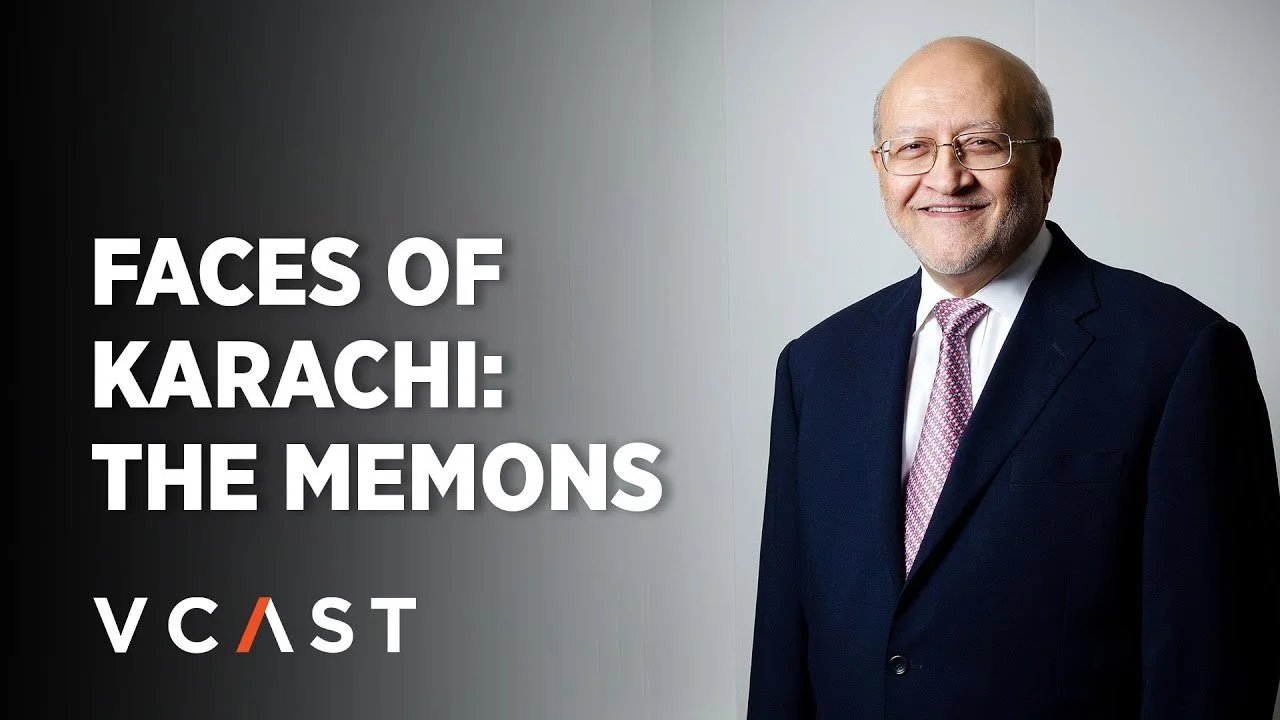TDF Magnifiscience Centre: Changing our relationship with learning
“Families eat out together, because we all love food, watch cricket together, and enjoy entertainment, but we must also become families that are interested in learning. It’s not just the school’s job to do the educational part,” says Sabrina Dawood, the CEO of The Dawood Foundation (TDF).
In this interview, the leadership of The Dawood Foundation uncovers the story of the TDF Magnifiscience Centre—Pakistan’s first interactive science museum. The leadership shed light on the scale of the project, its local roots, and its commitment to making science accessible for all.
The TDF Magnifiscience Centre is guided by the philosophy that “science is for everyone,” believing that science isn't confined to classrooms or experts, but is woven into daily life and experiences.
The initiative began five years ago with a temporary science exhibition at Dawood Public School, which drew an overwhelming 50,000 visitors. Encouraged by this response, The Dawood Foundation launched the Magnifiscience Studio in 2018. However, space limitations led to the vision for a full-scale science centre. Construction began in May 2019 but faced delays due to the COVID-19 pandemic. Despite this setback, the project pushed forward—becoming Pakistan’s first facility of its kind and a historical milestone in the nation's educational development.
One notable visit came from a school in Tharparkar, invited by the Thar Foundation. For many children, it was their first exposure to a learning space like this. As they interacted with the displays, their hesitation turned into engagement and joy, an experience that left a lasting impression on everyone.
The Centre’s physical environment is intentionally designed to be welcoming. From the moment visitors step inside, they are greeted by a thoughtfully creative environment. The ground floor of this centre is especially curated for younger children, providing an engaging environment tailored to their age and natural curiosity.
What makes the centre truly unique is its local heart. Over 99% of the exhibits are made in Pakistan, built on the site of a 200-year-old warehouse—blending heritage with innovation. While these exhibits are based on global concepts, they are specifically designed to ensure relevance and relatability from a Pakistani perspective.
More than just an exhibit space, this centre aims to become a collaborative platform—partnering with universities, NGOs, scientists, and industries to promote interdisciplinary learning. The goal is not only to inspire learning but also to help foster an innovation ecosystem within Pakistan.
With growing public appreciation, the centre continues to evolve as a space that is “by Karachi, for Karachi,” becoming a cultural landmark and a catalyst for long-term educational change.
If you could redesign learning for the next generation, where would you start? Share your vision with us in the comments.
This article was developed with the assistance of AI tools.




